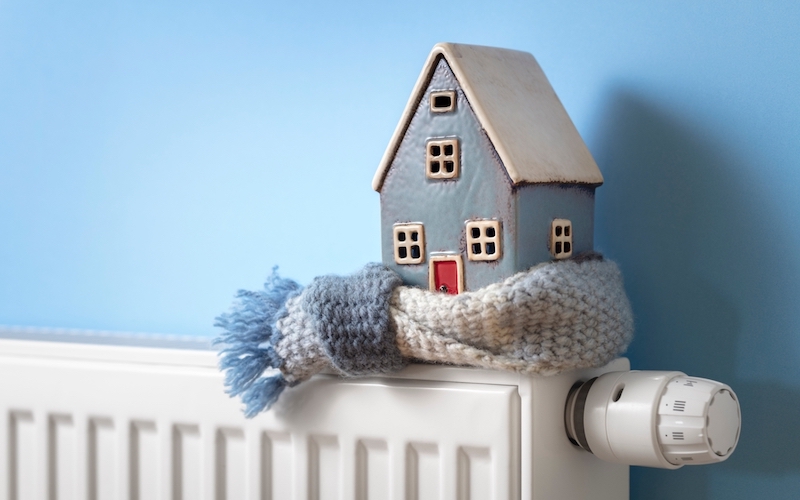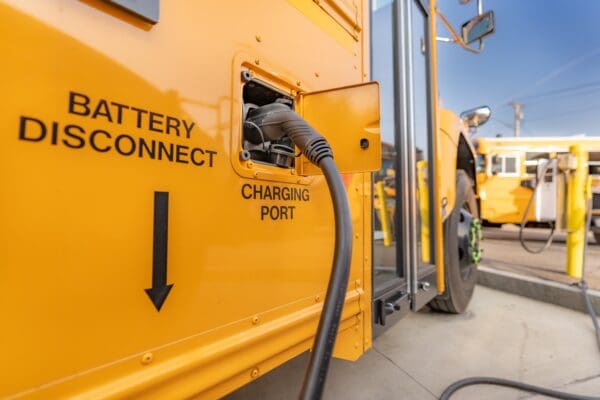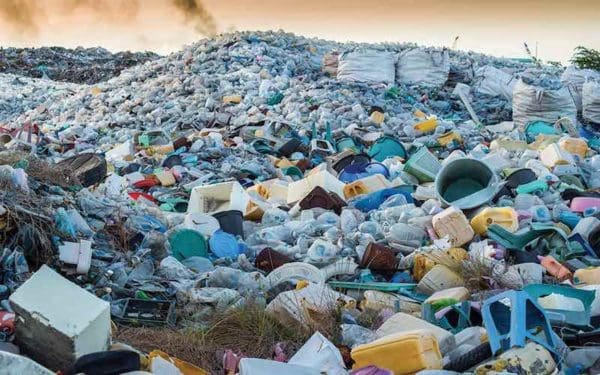
Energy efficiency, paired with upgrading to electricity generated by solar and wind, is a huge part in moving towards 100% clean energy. Photo: Shutterstock.
If we want to cut the carbon pollution overheating our planet, we need 100% clean energy. The only way to get there is if everything runs on electricity, including our buildings, which are the second largest source of carbon pollution in the state. But making everything electric means drastically increasing demand. How do we upgrade while keeping electricity rates low and our energy grid stable?
The answer, in part, lies in using electricity more efficiently and affordably. That’s where energy efficiency state programs, like Massachusetts’ own Mass Save, come in to help provide residents with affordable solutions. Utility companies just released their final plan for Mass Save’s update. Let’s dive in to see what it got right, what it could do better, and what this means for you.
Energy Efficiency 101
Energy efficiency means lowering electricity demand by using energy-saving appliances, weatherizing our homes and businesses, and updating outdated and inefficient systems.
You don’t need to freeze in the winter, boil in the summer, or sit in the dark to save power. Instead, you can beef up your insulation to keep your house comfortable or replace old boilers with new heat pumps. These energy efficiency strategies also fight climate change because they stop us from having to turn to the dirtiest gas- and oil-fired power plants for backup energy during peak demand days.
But upgrading our homes and businesses isn’t free. That’s why it’s so important that Mass Save be accessible and easy to use. This plan maps out what the state’s program will do to help families and businesses get efficient.
What Does the Plan Get Right?
The proposed Massachusetts energy efficiency plan does a good job starting to refocus the program and its resources so that everyone can access its benefits, especially low- and moderate-income residents. These adjustments include:
- Expanding access for moderate-income customers. The updated plan would make moderate-income customers eligible for no-cost weatherization, like improved insulation, and electric heat pumps. These adjustments help make older and “leakier” homes as energy efficient as possible.
- Investing in renters. The proposed plan provides no-cost weatherization and electric heat pumps for certain rental properties. Specifically, the plan covers rental properties in 21 communities where at least half of the units are occupied by low- and moderate-income customers.
- Protecting renters from cost increases. The plan also provides renters with a few protections. For example, if landlords want to electrify a building, they cannot receive the Mass Save incentives unless renters’ energy bills won’t increase and landlords agree not to raise their tenants’ rents.
- Creating safeguards that prioritize equity. Under the proposed plan, utilities must actually make progress in providing Mass Save benefits to low- and moderate-income customers before earning any profit for administering the program.
Where Does the Plan Miss the Mark?
All these adjustments are a good start. But the utilities didn’t go far enough to ensure low- and moderate-income residents can fully tap into Mass Save. Certain adjustments that CLF and our environmental justice partners called for were explicitly left out of the plan’s update.
- Proposed heat pump installation in low- and moderate-income homes is still too low. While the plan’s goal of installing 22,200 electric heat pumps in low- and moderate-income homes is an improvement over the previous three-year plan, it’s not enough. Advocates have recommended installing at least 28,000 to 30,000 heat pumps in low- and moderate-income homes.
- Tracking data isn’t enough. Utilities need a plan to respond. Numbers and trends aren’t helpful unless utility companies are ready to engage with the story they tell. If the data show the utilities’ implementation of Mass Save isn’t accomplishing the goal of reaching more families and businesses, utilities should have to pivot and course correct. This course correction is especially important given that utilities have been historically slow in responding to implementation issues – especially when it comes to low- and moderate-income customers.
What Comes Next?
Now, the plan goes to the Department of Public Utilities for review and possible approval. CLF will participate in this process to ensure every resident benefits from the program—not just the wealthiest. We expect the Department to release its decision sometime early next year.
It’s also important to remember energy efficiency is only one step in upgrading to our clean energy future. We need the region to build out more solar and wind power so that the electricity running our buildings and powering our lives is truly clean – for the sake of our planet and for our health.



